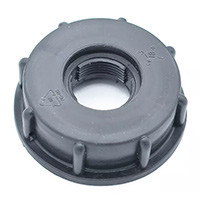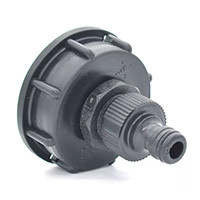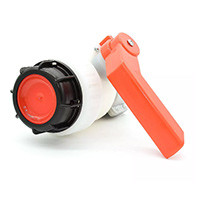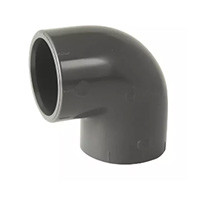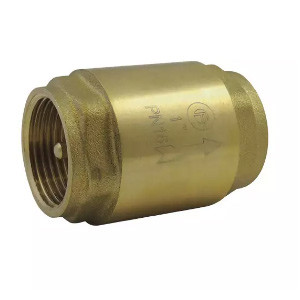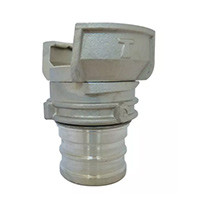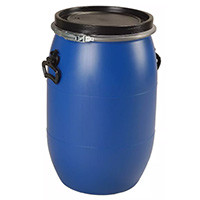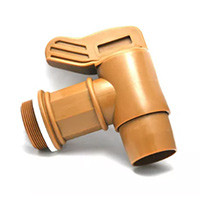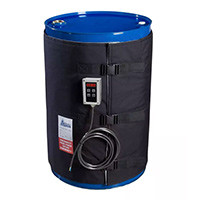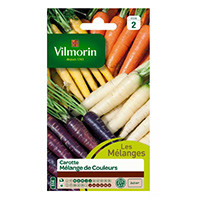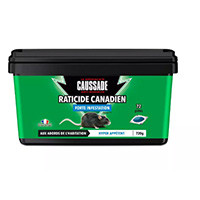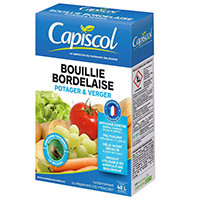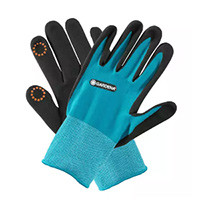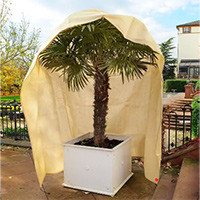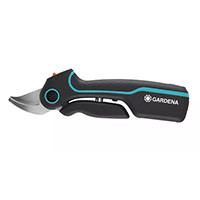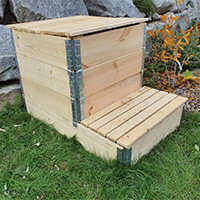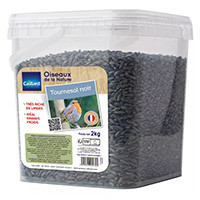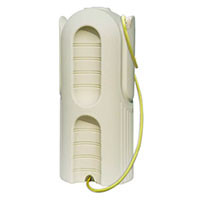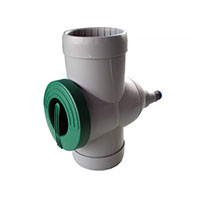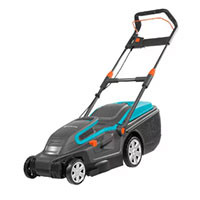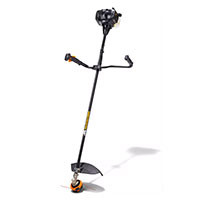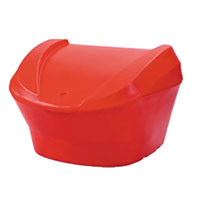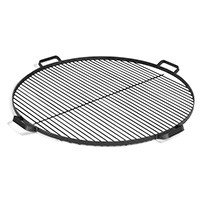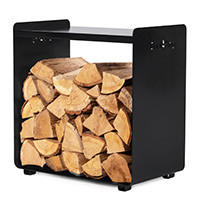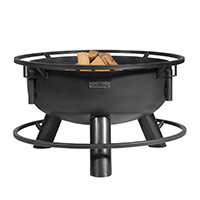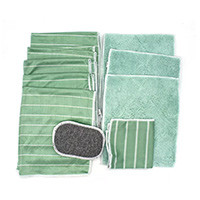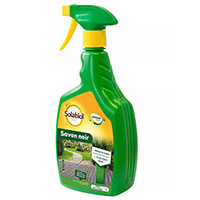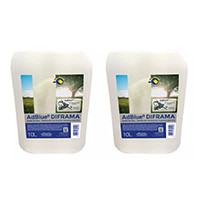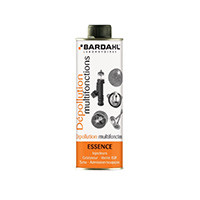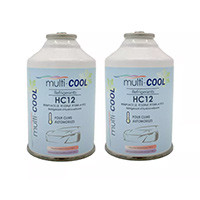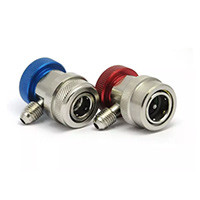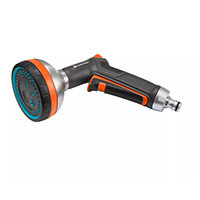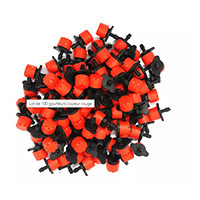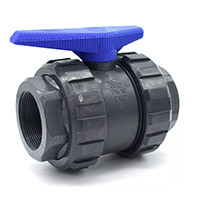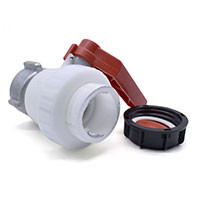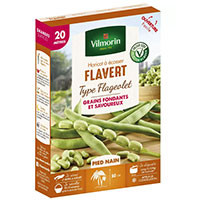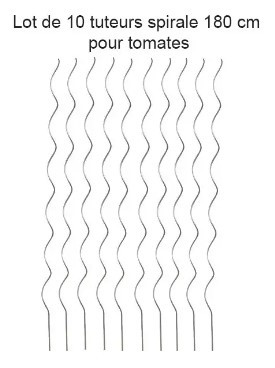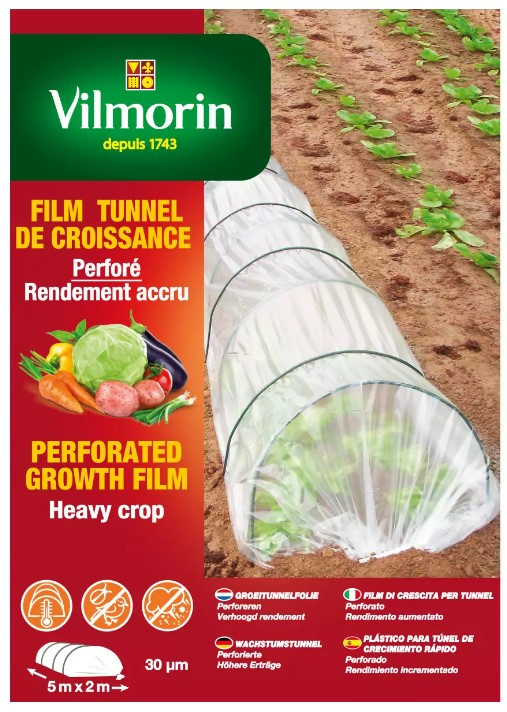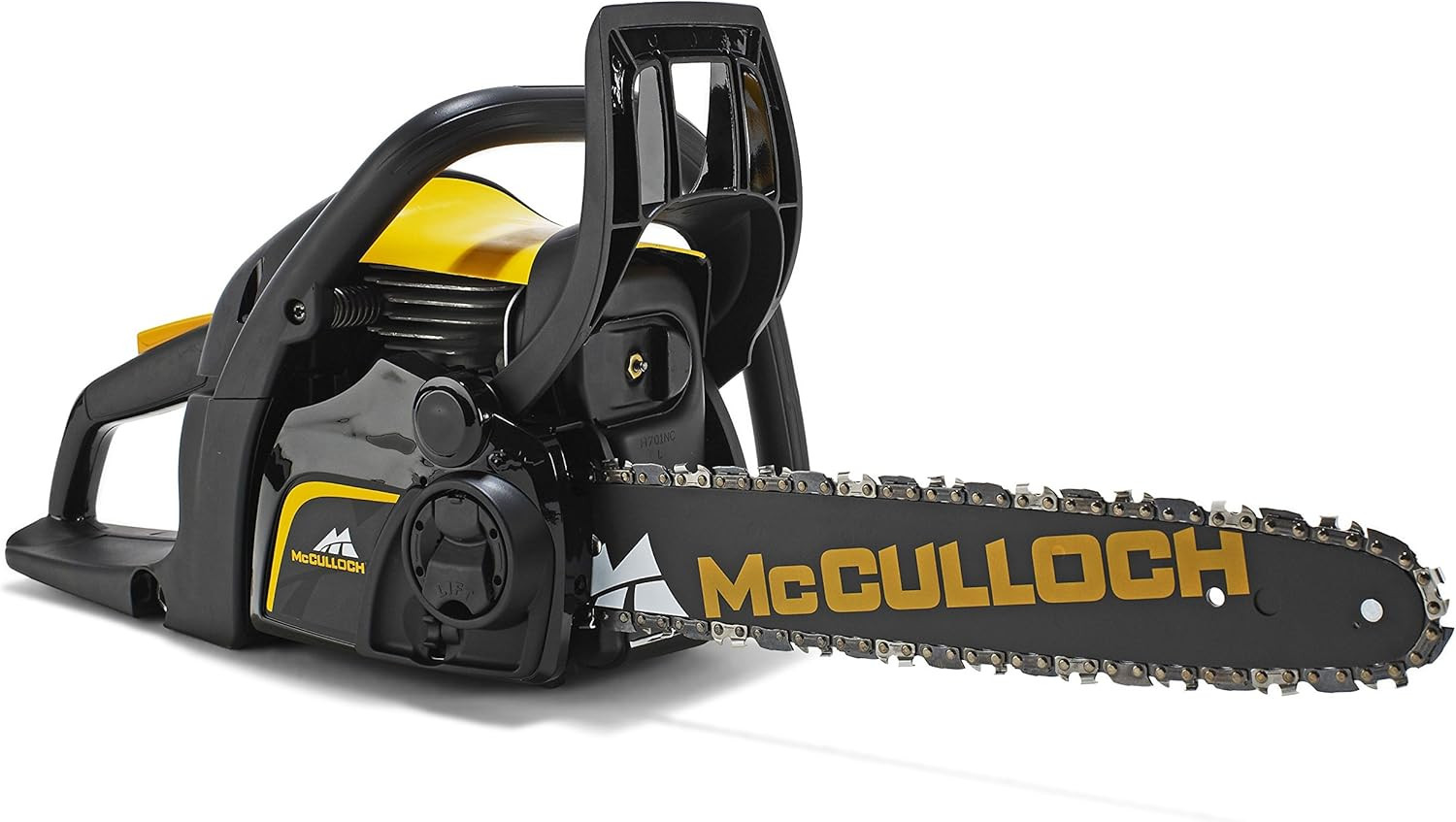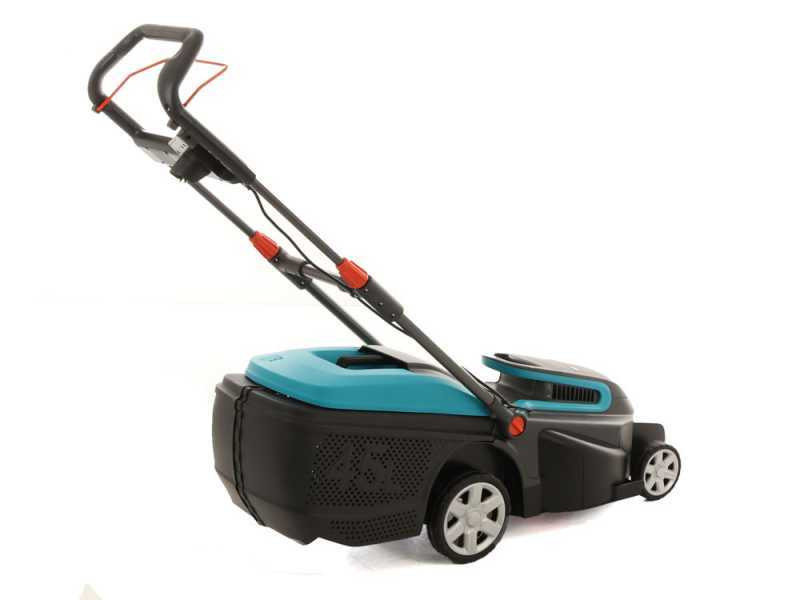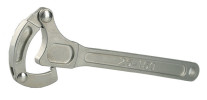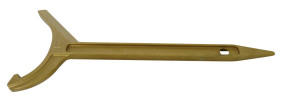Why use a tricoise key?
The knitting key was previously exclusively part of the equipment of firefighters, because its primary function is to hermetically tighten the connections between two pipes. It then had a simple shape and a single use. Over time, if firefighters still use it in its simple form and primary function, a multifunctional trimmer key has also emerged. It is now available in almost all tool stores and everyone can therefore get one to perform multiple operations that we will detail below.
An anti-spark key
Before even talking about the multiple functions of the tricoise key, let us specify that the material used to make them is, of course, always a metal called " anti-sparks ". We are talking here for example about brass, bronze, monel (name given to an alloy of copper and nickel), aluminum bronze (an alloy of copper and aluminum) or beryllium bronze (common name for an alloy of copper and beryllium.
It is worth noting that if the low tensile strength characteristic of these metals allows them to be "anti-spark", on the other hand, it also means that the tools made of them wear out faster than tools made of other materials and that they must therefore be checked much more regularly. It is a question of security.
A key with 11 different functions
The tricoise key is nowadays a very practical tool since it alone fulfills 11 distinct and very specific functions such as:
- Female square 6 and 8 mm : this first square tip is the one you need to easily open doors and windows without handles;
- Female square 12.5 mm : this is typically intended for firefighters since it allows to easily open the dry column sockets when it comes to fighting a fire in the upper floors of a building;
- Triangle 12 mm (diameter 16 mm): this tip is colloquially called "the EDF key" since, as you have understood, it is the one that allows you to open the EDF boxes;
- Triangle of 14 mm (diameter 20 mm): this triangle is the one most frequently used by firefighters and municipal employees since it is the one that allows to open the boxes of the fire poles (the higher version of the hydrants) in order to have access to the tap of the network where the water is stored under pressure;
- Six 19 mm sides: this tip as well as its 17 mm and 13 mm counterparts is ideal for loosening M8, M10 and M12 nuts;
- Six sides 17 mm : see six sides 19 mm;
- Six sides 13 mm : see six sides 19 mm;
- Connection DN 20 to DN 100 : with this part of the tricoise key, it is possible to tighten pipe fittings whose nominal diameter (DN), i.e. the inner diameter, is between 20 and 100;
- Conical square of 6 to 8 mm : also called pyramid trunk square, this tip is essential if you need to open fire cabinets, but also ventilation ducts, and above all, doors without handles;
- 5 x 1.5 mm Phillips screwdriver: this screwdriver is the ideal tool to specifically open the doors of modern bathrooms and toilets;
- Bottle opener : and finally, the essential bottle opener that has no other function than to open a bottle to cool off a little after finishing the job well using the ten other options offered by the tricoise key!
Some (but not all) tricoise keys are also equipped with a carabiner attachment port to attach said key to your belt.
Let us conclude by pointing out that the use is such that we continue to speak of a tricoise key even if now, as we have just seen, the tricoise key actually has eleven functions and that it would therefore be more accurate to speak rather of polycoise key. But it may be that your colleagues do not answer you if you use this term that has not yet really passed into everyday language.
To conclude
When looking for a knit or polycoise key, be careful not to confuse them with other keys frequently used by firefighters. These include, for example, the UNIVERSAL PK Intervention Key (which allows, among other things, to urgently open gas boxes and electrical cabinets and stop docks-instantly boiler rooms), the Federal Fire Key (which serves exclusively for fire pole valves) and rearmament keys (which serve as their name suggests to rearm a fire alarm once the fire or evacuation drill is over and everyone is safe).

